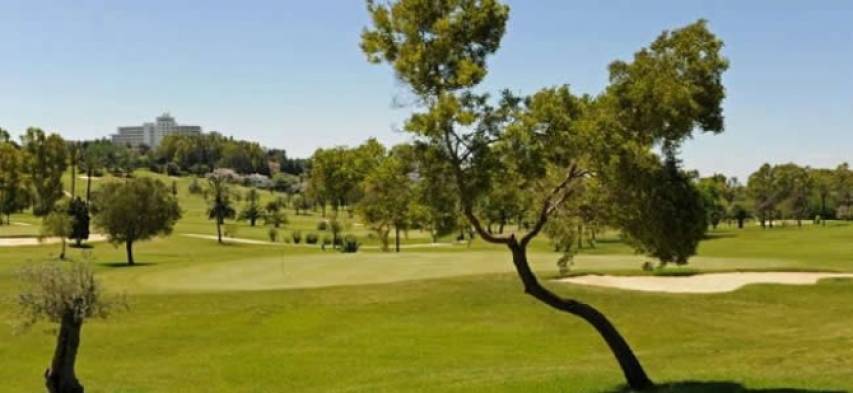John Byron Nelson Jr. – his full name – achieved unrivalled results in the history of golf: for example, finishing 65 consecutive times in the top-10. This happened from 1942 to 1946. Born on 4 February 1912 in Dallas, the Texan collected 54 career victories, including five Grand Slam titles (1937 and 1942 US Masters; 1939 US Open; and 1940 and 1945 US PGA Championship). Apart from his 65 top-10 finishes in a row from 1942 to 1946, Lord Byron (one of his more well-known nicknames) finished worse than 10th on only one occasion – and outside this record run he tallied 34 wins and was second 16 times.
Nelson’s 1945 was the best season of any golfer to date: he won no less than 18 tournaments, including 11 in a row, and did so with an average round of 68.33 – a mark that remained intact for 55 years.
Nelson turned professional in 1932, at 20, and played full-time on the US PGA Tour from 1935 to 1946. He lost many opportunities of adding to his Grand Slam total because of World War II. Many golf historians consider his swing as the first modern swing.
His many honours and awards include: Member of the World Golf Hall of Fame since 1974; Associated Press’s Sportsman of the Year in 1944 and 1945; and winner of the PGA Tour Vardon Trophy in 1939. He topped the US money list in 1944 and 1945; played in the Ryder Cup twice; and captained the US team in 1965.
Nelson knew another one of golf’s greatest players, Ben Hogan, when both were children and caddying at Glen Garden Country Club. They competed in the club’s caddies competition in 1927 - and Nelson won.
When he was at the peak of his form, and after winning six events in 1946, Nelson (at the time 34) decided to retire from competition completely and dedicate his time to a ranch he had bought in Texas. After retiring, he spent some time commentating on TV and each year hosted the tournament that took his name – Byron Nelson Classic – on the US Tour. He also took various young players under his wing, including Tom Watson.
For Nelson, every great player had to dominate two things: concentration and nerves.







